The relationship between Russia and Lebanon in the field of Islamic art has been shaped by centuries of cultural exchange, political conflicts and mutual influence. While the two countries have had historically difficult relations, there have been examples of cooperation and mutual respect in the field of art.
In the XIX century, many Lebanese artists and intellectuals looked to Russia as a source of inspiration and as an associate in creating a new, globalized art world. At the same time, many Russian artists and intellectuals also looked to Lebanon as a catalyst for creativity.
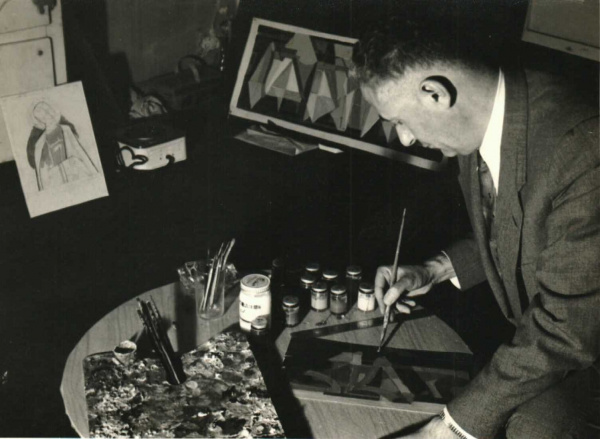
Photo: salibadouaihy.com
One of the most famous Lebanese artists to have collaborated with Russia is Saliba Douayi, an outstanding artist, famous for his detailed realistic pictures. He was notable for his Art Nouveau works, heavily influenced by Islamic art and architecture. Douayi travelled around Russia and was heavily influenced by the country’s art and culture. His works are considered to be an excellent reflection of the mutual influence of the two cultures.
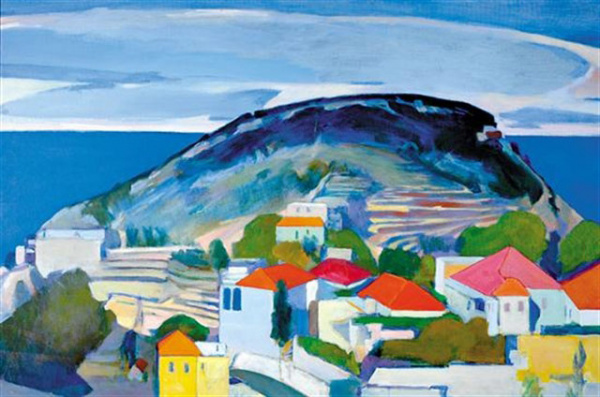
Photo: salibadouaihy.com
In the 1950s, Douayi was invited to Russia by the Soviet government. During his stay there, he managed to visit the Hermitage in St Petersburg, which houses one of the largest collections of Islamic art in the world. That experience had a profound impact on Douayi’s work, and he began to incorporate elements of Islamic art into his pictures. He also cooperated with Russian artists, including Alexander Yakovlev, a well-known artist and stage designer.
Douayi’s trip to Russia was not only a source of inspiration for his art, but it also gave him an opportunity to demonstrate his works to a new audience. His pictures were exhibited in Moscow and other cities. He was praised for his skillful use of color and the ability to convey the atmosphere of the Middle East.
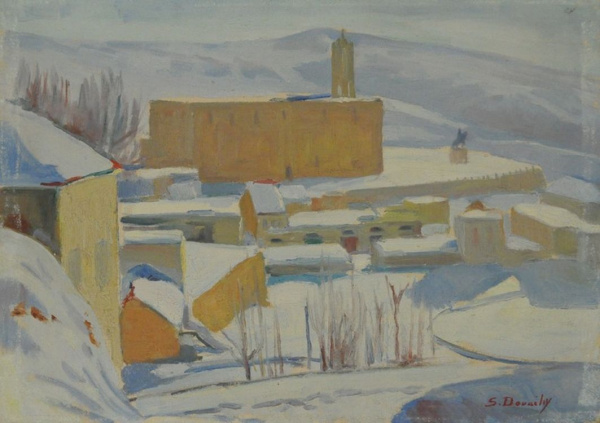
Photo: salibadouaihy.com
Overall, the cooperation between Lebanese artist Saliba Douayi and Russia was fruitful and mutually beneficial. Douayi managed to look at his art from a new perspective and interact with other artists, while Russia was able to gain an insight into the culture and art of the Middle East through his works.
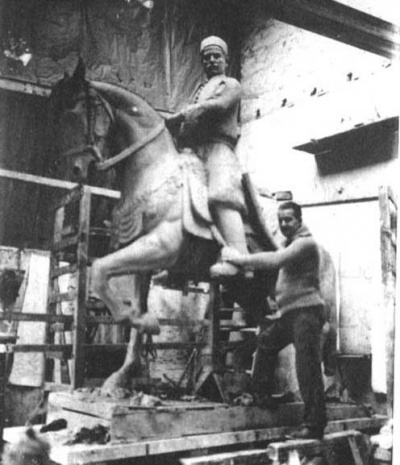
Photo: Centro Studi e Ricerche di Orientalistica
Another famous Lebanese artist who cooperated with Russia is Youssef Hovaek. He is known for his Art-Deco works, which were also strongly influenced by Islamic art and architecture.
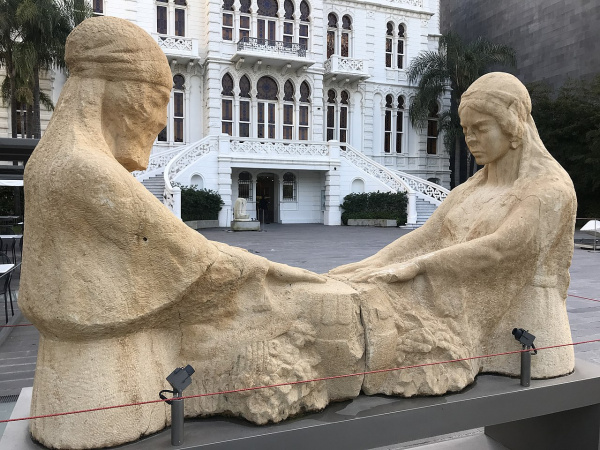
Photo: Edeyrn87/Creative Commons 4.0
Youssef Hovaek was born in Beirut and studied art in France, but later returned to Lebanon, where he established himself as a prominent artist. Although Hovaek’s work is primarily connected with Lebanon, he also had significant ties with Russia.
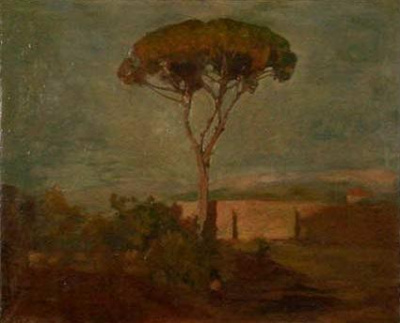
Photo: Centro Studi e Ricerche di Orientalistica
In the 1920s, Hovaek was invited to Russia by the Soviet government, where he participated in exhibitions and cultural events. Hovaek also managed to visit the hermitage in St Petersburg and other museums in Moscow, which had a profound impact on his art.
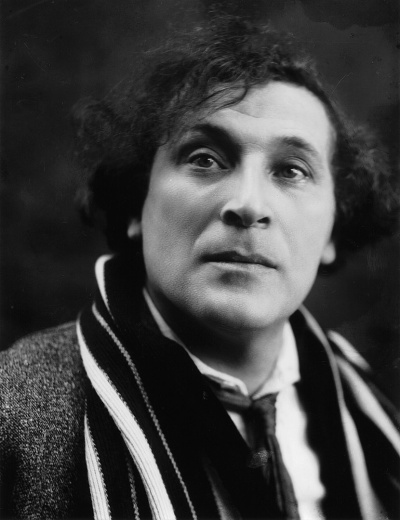
Photo: Public Domain
But it was not only Lebanese artists who came to Russia. One of the most famous Russian artists who cooperated with Lebanese artists was Marc Chagall. Chagall was known for his Fauvist works, which were strongly influenced by Islamic art.
Marc Chagall was a Russian-French artist, famous for his distinctive colorful pictures and use of symbols and images from Jewish folklore.
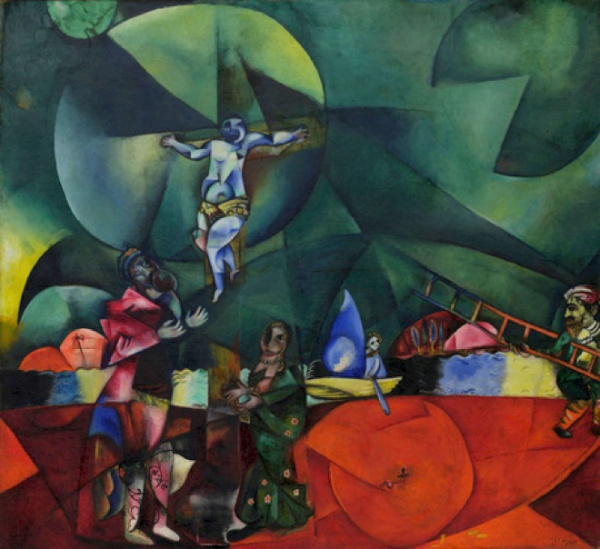
Photo: Public Domain
In the 1930s, Chagall was invited to Lebanon by the French government to work on a series of murals for the new National Museum of Beirut. He spent several months in Lebanon, where he managed to visit the ancient ruins of Byblos, Tyre and other historical places. He also managed to get in touch with the local community of Lebanese artists, which included artists such as Saliba Douayi and Youssef Hovaek.
Chagall’s stay in Lebanon became a source of inspiration for his art, and he was particularly influenced by the country’s vibrant colors and rich history. He created a series of pictures and murals depicting elements of Lebanese culture and landscapes, such as Lebanon’s cedars, which are the country’s national symbol.
Chagall also returned to Lebanon several times and said that he always had a special attachment to this country. He was fascinated by its history, culture and art and felt a deep connection with its people.
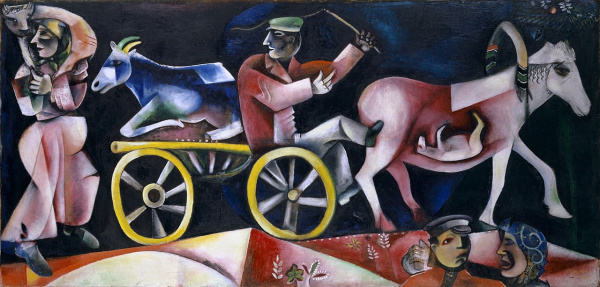
Photo: Public Domain
Overall, Chagall’s journey to Lebanon was an important experience that influenced his art and shaped his understanding of the Middle East. His pictures and murals of that time are considered to be a valuable contribution to the culture and history of Lebanon.
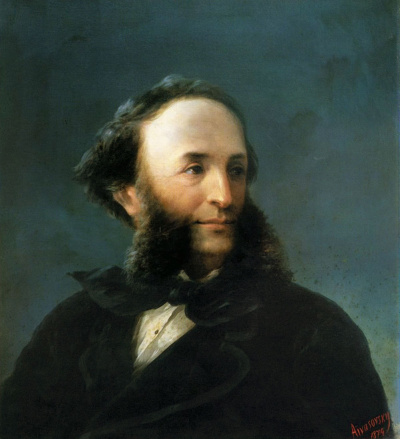
Photo: Public Domain
Another Russian artist inspired by Lebanese art is Ivan Aivazovsky (1817-1900). He is considered to be one of the greatest marine painters of all time. Ivan Aivazovsky travelled extensively around the Mediterranean, including Lebanon.
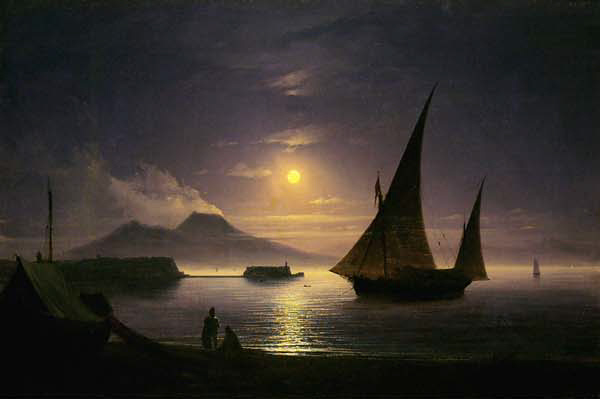
Photo: Public Domain
While travelling around Lebanon, Aivazovsky was particularly struck by the beauty of the Mediterranean coast with its steep cliffs and clear blue water. He painted many seascapes and landscapes conveying the unique light and atmosphere of the region. He was also influenced by the local culture, and he incorporated elements of Lebanese architecture, costumes and local customs into his works.
Aivazovsky’s paintings of Lebanon and the Mediterranean are considered to be one of his finest works and are highly regarded for their technical skill and ability to capture the beauty of the region. His paintings are a valuable representation of the culture and history of Lebanon and the Mediterranean.
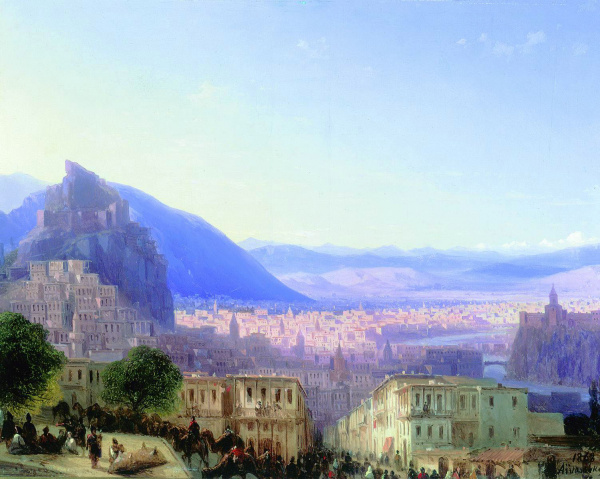
Photo: Public Domain
In conclusion, it is noteworthy that the relationship between Russia and Lebanon in the field of Islamic art are reflected in works by many artists, even indirectly. The aforementioned Lebanese and Russian artists, such as Saliba Douayi, Youssef Hovaek, Marc Chagall and Ivan Aivazovsky, are examples of how the two cultures have influenced each other. This is evident in the works of these prominent artists, making these works of art an excellent reflection of the relationship between Russia and Lebanon in the field of Islamic art.
GSV "Russia - Islamic world"
